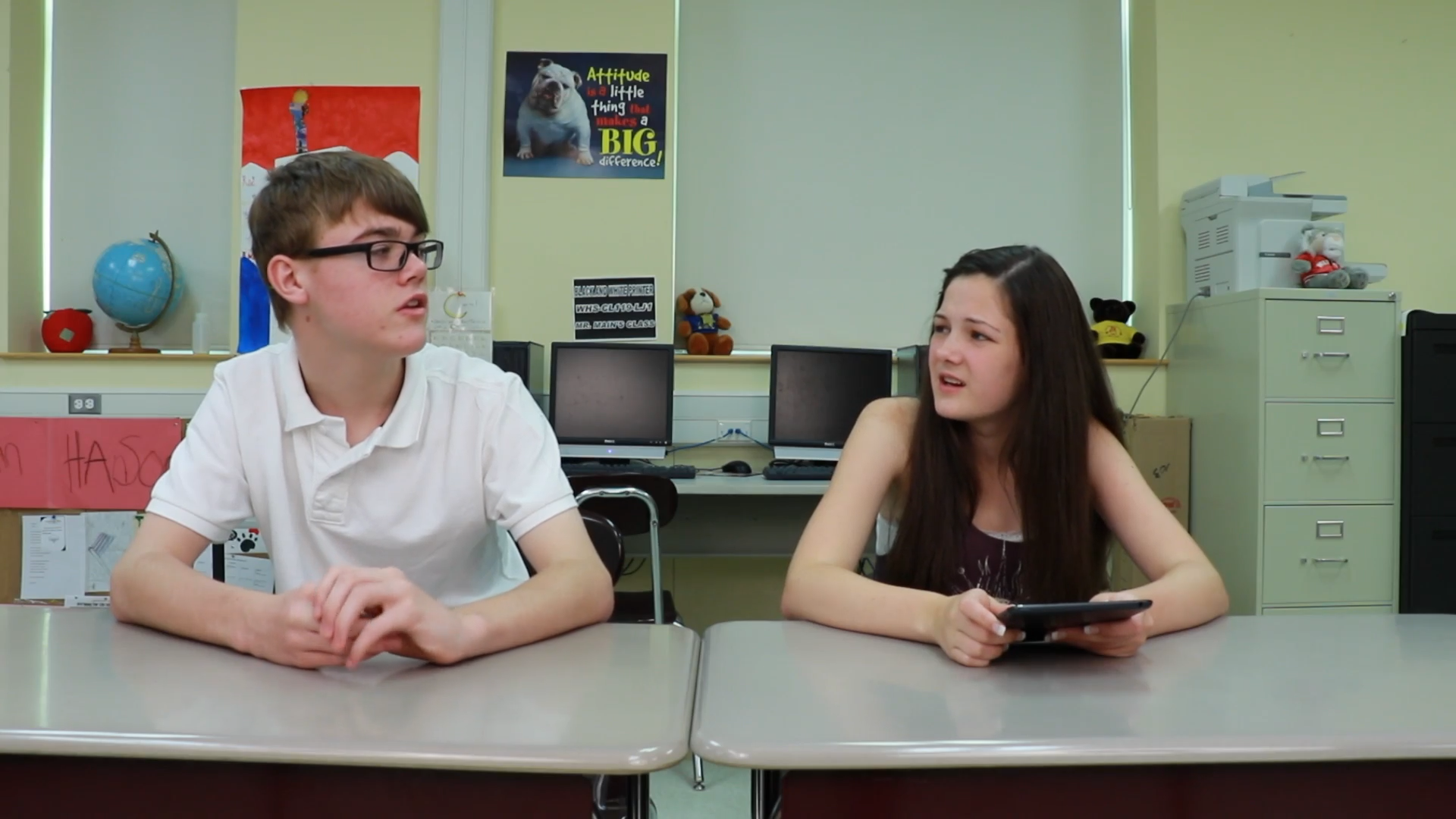
Introduction
As educators, we know that language and communication are essential skills for high school students. One aspect of communication that students often struggle with is understanding and using figures of speech. Figures of speech are sayings that have different meanings than what they seem, and they are crucial in everyday language. In this blog post, we’ll explore an engaging no-prep activity, discussion questions, and related skills to help your students better understand and use figures of speech in their daily lives.
No-Prep Activity
This activity requires no preparation or materials from the educator and is designed to help students practice identifying and understanding figures of speech. To begin, have your students form pairs or small groups. Each pair or group will take turns coming up with a figure of speech and acting out a scenario where they use the saying in a conversation. The other students must then guess the meaning of the figure of speech and discuss how it could be misunderstood if taken literally.
For example, one group might act out the following scenario:
Student 1: "I am so hungry, I could eat a horse!" Student 2: "Really? You could eat an entire horse?" Student 1: "No, I was using a figure of speech. It means I am very hungry."
After each scenario, have the class discuss the meaning of the figure of speech and provide examples of how it could be used in different situations. This activity not only helps students become more familiar with figures of speech but also encourages them to think critically about the words they use in everyday conversations.
Discussion Questions
These discussion questions are designed to stimulate further conversation and reflection on the topic of figures of speech:
- Why are figures of speech important in everyday communication? How do they help us convey our thoughts and feelings more effectively?
- Can you think of a time when you misunderstood or were misunderstood because of a figure of speech? How did you resolve the confusion?
- How can we become better at recognizing and understanding figures of speech in daily conversations?
- What are some common figures of speech that you often hear or use? Can you come up with a new figure of speech that could be easily understood by others?
- How can we help others who may not be familiar with certain figures of speech understand their meaning?
Related Skills
Beyond understanding figures of speech, there are other related skills that students can benefit from learning. These include:
- Active listening: Paying close attention to what others are saying and asking clarifying questions when needed.
- Context clues: Using the surrounding words and phrases to help decipher the meaning of an unfamiliar figure of speech.
- Nonverbal communication: Recognizing and interpreting body language, facial expressions, and tone of voice to better understand the intended meaning behind a figure of speech.
- Empathy: Putting oneself in another person’s shoes and considering how they might feel or interpret a figure of speech.
Next Steps
Now that you have some ideas for teaching your high school students about figures of speech and their importance in communication, we encourage you to continue exploring these concepts and related skills. To help you get started, we invite you to sign up for free samples of skill-based activities and resources at EveryDaySpeech. These materials are designed to support your students’ social-emotional growth and enhance their communication abilities.

